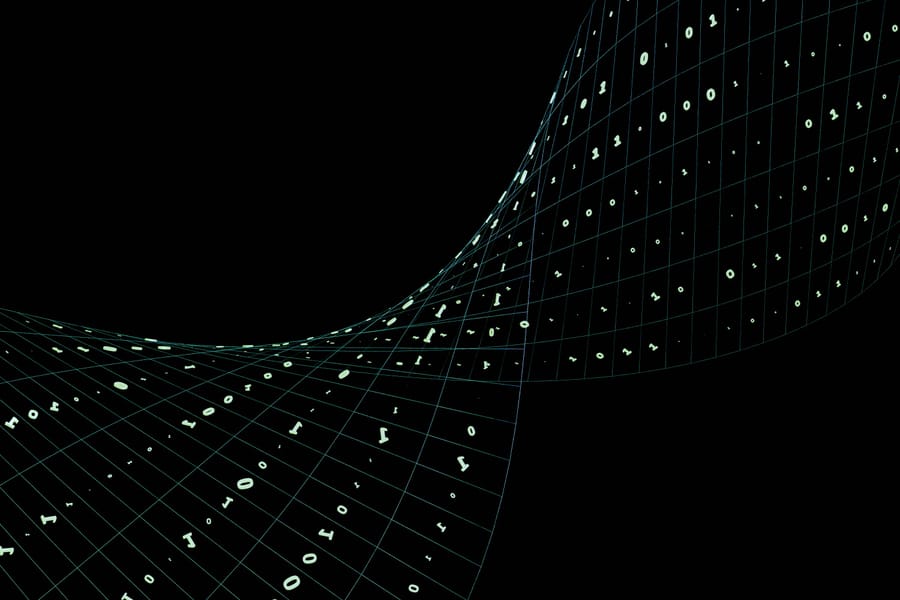The proliferation of sophisticated large language models (LLMs) has precipitated a crisis in academic and professional integrity, prompting the development of an array of AI detection tools designed to distinguish machine-generated text from human writing. Systems such as Turnitin AI, GPTZero, and Originality.ai purport to identify the statistical hallmarks of AI-authored content, primarily by analysing linguistic and stylistic patterns. These tools typically scrutinise features like perplexity (a measure of text predictability) and burstiness (the variation in sentence length and complexity), operating on the premise that machine-generated text is often more uniform, consistent, and less variable than human prose (OpenAI 2023). However, the efficacy and reliability of these systems are increasingly contested, revealing significant limitations that render them prone to error and circumvention, thereby fuelling a technological arms race between detection and evasion.
The core methodology of most AI detectors involves searching for excessive consistency, repetitiveness, or unnatural structures. Human writing is inherently variable; it contains a mix of long and short sentences, common and rare words, and occasional stylistic idiosyncrasies or even errors. In contrast, early LLMs often produced text with an unnaturally smooth and predictable quality—low perplexity—and a lack of variation in sentence structure—low burstiness. For example, a machine might overuse specific transitional phrases (e.g., 'furthermore', 'in conclusion') or construct sentences with a monotonous subject-verb-object pattern. Detectors are trained on vast datasets of human and AI-generated text to recognise these statistical artefacts, with continuous comparative studies evaluating these competing systems (Malik and Amjad 2025).
Despite their technical underpinnings, the limitations of these detectors are profound. Independent testing consistently reveals variable and often poor performance. For instance, Habibzadeh (OpenAI 2023) highlighted GPTZero's limited reliability in identifying AI-generated medical texts, while broader testing by Weber-Wulff et al. (Weber-Wulff et al. 2023) documented significant performance issues across multiple tools. A primary issue remains their propensity for false positives, particularly when analysing the writing of non-native English speakers, whose prose may naturally exhibit the very patterns algorithms flag as machine-like. This raises serious equity concerns, as students could be falsely accused of misconduct based on a flawed algorithmic judgement. Furthermore, as LLMs become more sophisticated, their output increasingly mimics the statistical distribution of human writing, making detection a moving target. Sadasivan et al. (2023) argue that as models improve, the statistical differences between human and AI text diminish, approaching a point where reliable detection becomes theoretically impossible without external information, such as digital watermarking.
The concept of 'watermarking'—embedding a subtle, statistically detectable signal into generated text—has been proposed as a more robust solution for identifying AI-generated content (Kirchenbauer et al. 2023). This technique involves modifying the probability distribution of tokens during text generation to create a detectable pattern, which can be verified without altering the text's readability. However, watermarking is not widely implemented, as it requires cooperation from model developers and can be undermined by paraphrasing, which disrupts the embedded signal (Krishna et al. 2023). Critics argue that this vulnerability renders current detection methods unreliable for high-stakes academic integrity cases. Moreover, detection systems often exhibit biases, misclassifying non-native English writing as AI-generated due to linguistic constraints, which raises ethical concerns about fairness (Liang et al. 2023). Many institutions advocate adapting assessment methods, such as incorporating oral examinations or process-focused tasks, to complement imperfect detection tools (Weber-Wulff et al. 2023). The core challenge is that these tools target the product (the text) rather than the process (the act of cheating), and accurately distinguishing AI-generated text remains difficult.
In response to detection efforts, a growing industry of "humaniser" services has emerged, designed to paraphrase or rewrite AI-generated text to evade algorithmic scrutiny. These tools introduce linguistic variability by altering sentence lengths, substituting words with less predictable synonyms, and restructuring paragraphs to enhance the text’s apparent burstiness and perplexity, thereby mimicking human writing patterns. Services like Undetectable.ai or QuillBot’s paraphraser can modify AI output to register as human on most commercial detectors (Sadasivan et al. 2023). This development has created a complex cat-and-mouse game, where AI technologies are pitted against each other, complicating notions of authorship and academic honesty (Bender et al. 2021). The rise of such services, combined with the biases in detection systems, underscores the limitations of current approaches and highlights the need for more resilient solutions to maintain academic integrity.
In conclusion, while AI detection systems are built on logical principles of linguistic pattern analysis, their practical application is fraught with peril. Their statistical models are inherently limited, prone to discriminating against certain writing styles, and are consistently being outpaced by the rapid evolution of LLMs. The rise of sophisticated humaniser tools demonstrates that any purely text-based detection method is likely to fail in the long run. Consequently, over-reliance on these detectors is not only ineffective but also unjust. The future of academic integrity cannot lie in a flawed technological arms race, but must instead return to pedagogical methods that emphasise critical thinking, process-based assessment, and a nuanced understanding of authorship in the age of artificial intelligence.
References:
1. Bender, Emily M., Timnit Gebru, Angelina McMillan-Major, and Shmargaret Shmitchell. 2021, March. ‘On the Dangers of Stochastic Parrots: Can Language Models Be Too Big?’. Proceedings of the 2021 ACM Conference on Fairness, Accountability, and Transparency, pp. 610–623. ^ Back
2. Habibzadeh, Farrokh. 2023. ‘GPTZero Performance in Identifying Artificial Intelligence-Generated Medical Texts: A Preliminary Study’. Journal of Korean Medical Science 38 (38). ^ Back
3. Kirchenbauer, John, Jonas Geiping, Yuxin Wen, Jonathan Katz, Ian Miers, and Tom Goldstein. 2023. ‘A Watermark for Large Language Models’. In Proceedings of the 40th International Conference on Machine Learning, pages 17061–17084. Proceedings of Machine Learning Research (PMLR). https://proceedings.mlr.press/v202/kirchenbauer23a.html ^ Back
4. Krishna, Kalpesh, Yixiao Song, Marzena Karpinska, John Wieting, and Mohit Iyyer. 2023. ‘Paraphrasing Evades Detectors of AI-Generated Text, but Retrieval is an Effective Defense’. arXiv preprint arXiv:2303.13408v2 [cs.CL], last revised 18 October 2023. https://arxiv.org/abs/2303.13408 ^ Back
5. Liang, Weixin, Mert Yuksekgonul, Yining Mao, Eric Wu, and James Zou. 2023. ‘GPT Detectors Are Biased Against Non-Native English Writers’. arXiv preprint arXiv:2304.02819v3 [cs.CL], last revised 10 July 2023. https://arxiv.org/abs/2304.02819 ^ Back
6. Malik, Muhammad Abid and Amjad Islam Amjad. 2025. ‘AI vs AI: How Effective Are Turnitin, ZeroGPT, GPTZero, and Writer AI in Detecting Text Generated by ChatGPT, Perplexity, and Gemini?’. Journal of Applied Learning and Teaching 8 (1): 91–101. ^ Back
7. OpenAI. 2023. ‘New AI Classifier for Indicating AI-Written Text’. Published January 31, 2023. https://openai.com/index/new-ai-classifier-for-indicating-ai-written-text/ ^ Back
8. Sadasivan, Vinu Sankar, Aounon Kumar, Sriram Balasubramanian, Wenxiao Wang, and Soheil Feizi. 2023. ‘Can AI-Generated Text Be Reliably Detected?’. arXiv preprint arXiv:2303.11156. https://arxiv.org/abs/2303.11156 ^ Back
9. Weber-Wulff, Debora, Alla Anohina-Naumeca, Sonja Bjelobaba, Tomáš Foltýnek, Jean Guerrero-Dib, Olumide Popoola, Petr Šigut, and Lorna Waddington. 2023. ‘Testing of Detection Tools for AI-Generated Text’. International Journal for Educational Integrity 19(1): 1–39. https://doi.org/10.1007/s40979-023-00124-8 ^ Back







